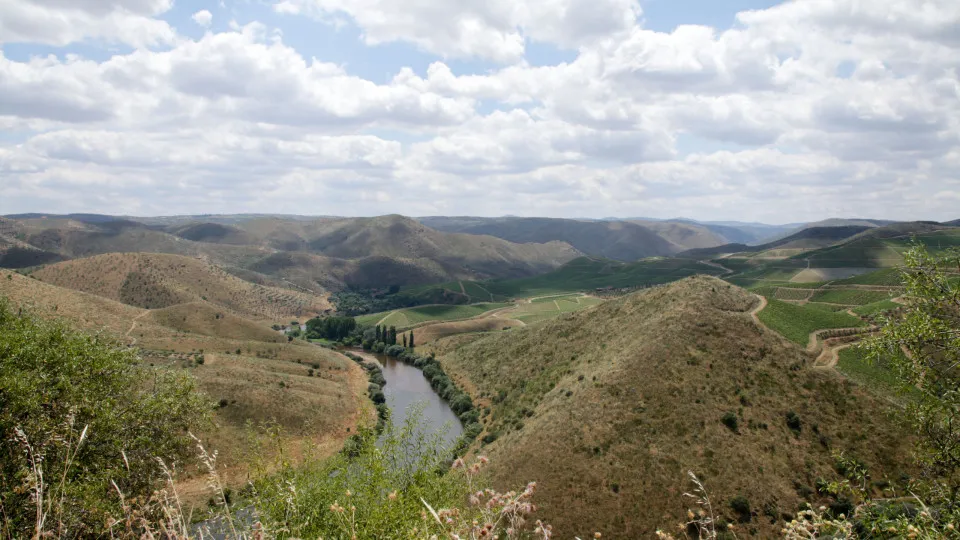
“It is an extremely important finding that, after 30 years of attempts to identify camps of the creators of Paleolithic art in the Côa Valley, ongoing excavations at the Penascosa site now reveal the existence of stone tools and other lithic elements, used in campfires, attesting to the presence of human groups during the Upper Paleolithic,” stated the new president of the Côa Park Foundation, João Paulo Sousa.
The official noted that “the technical characteristics of the retouched blades of flint and other regional rocks suggest several stays at the site, approximately 26,000 years ago,”
“Alongside studies developed at the Fariseu site, where until the current excavations it was the only known case of preserved habitat contexts next to engraved outdoor panels, now at Penascosa, study and radiometric dating will allow establishing the precise chronology of these human occupations,” emphasized João Paulo Sousa.
On the other hand, researchers indicate that “results like these, confirming the coincidence of camp traces in areas with engraved rocks, can bring important data for understanding the activities and behaviors of the Paleolithic artists of the Côa Valley Archaeological Park (PAVC).”
The surveys were conducted as part of the project “Côa 3P: Paleogeography, Paleoecology, and Paleontology” of the Côa and surrounding territories, by the archaeology team of the Côa Park Foundation, along with the geosciences company MORPH, with the collaboration of doctoral candidates from the Foundation for Science and Technology (FCT) and interns from the Center of Archaeology of the University of Lisbon (UNIARQ).
According to João Paulo Sousa, a visit and specific training regarding these new results will take place in the coming days and will be integrated into the future presentation of the Penascosa site, one of the most emblematic of the Côa Art.
On July 12th, during a report by the agency at this location, researchers were assured of the continuity of artistic expression during the Paleolithic, in a 30,000-year uninterrupted cycle.
According to archaeologists, after this intervention, “completely new” data emerged, as the original extent and distribution of the rocks at Penascosa were unknown.
The ongoing surveys involve fieldwork, excavation, soil analysis, detailed documentation of findings, among other activities, as well as the use of new technologies to identify areas of interest.
The entire area of the prospecting is being thoroughly examined, with the help of new technologies, although practical and conventional archaeology is also applied in the field, with archaeologists cleaning, washing, scrubbing, and tracing all details that evidence the presence of Côa Art, continuously, at this UNESCO World Heritage Site.
Researchers state that this work is important “for better understanding this site for future memory.”
In 2024, more than 8,800 people visited the Penascosa archaeological site, located in the heart of the Côa Valley Archaeological Park (PAVC), highlighting the archaeological significance of Côa Art.
The PAVC is limited to a total of 15,000 visitors per year for reasons of safeguarding and conserving the ‘sanctuary’ of rock art, which has been adhered to.
At the creation of the PAVC in August 1996, 190 rocks with rock art were identified. Currently, there are 1,511, of which 38 are painted, representing a total of 15,661 identified motifs, across over a hundred distinct sites, with Paleolithic engravings, executed approximately 30,000 years ago, predominating in an artistic cycle that has never been interrupted.
Côa Art was classified as a National Monument in 1997 and, in 1998, as a World Heritage Site by UNESCO.
As an immense open-air gallery, the PAVC occupies 20,000 hectares distributed across the municipalities of Vila Nova de Foz Côa, Mêda, Pinhel, and Figueira de Castelo Rodrigo, in the district of Guarda, along with the municipality of Torre de Moncorvo, in the district of Bragança, featuring manifestations of rock art.




